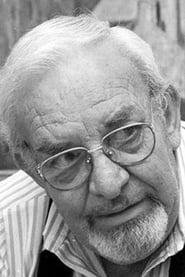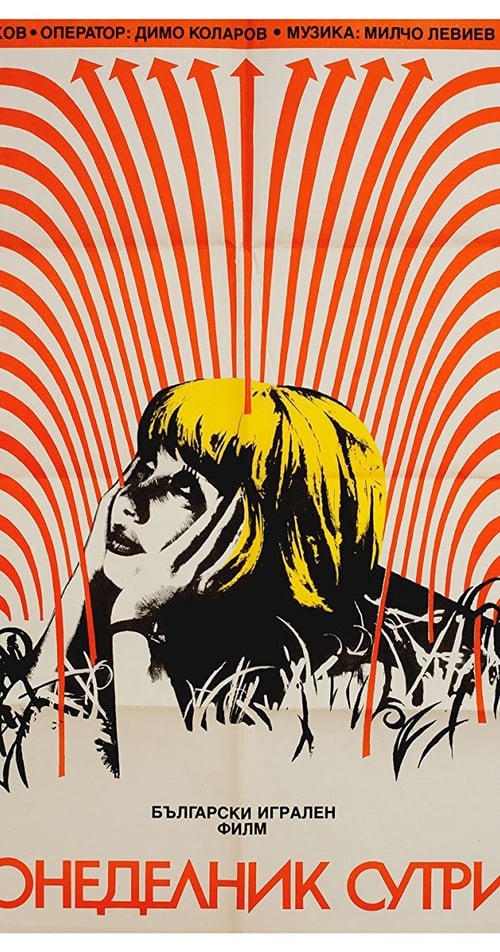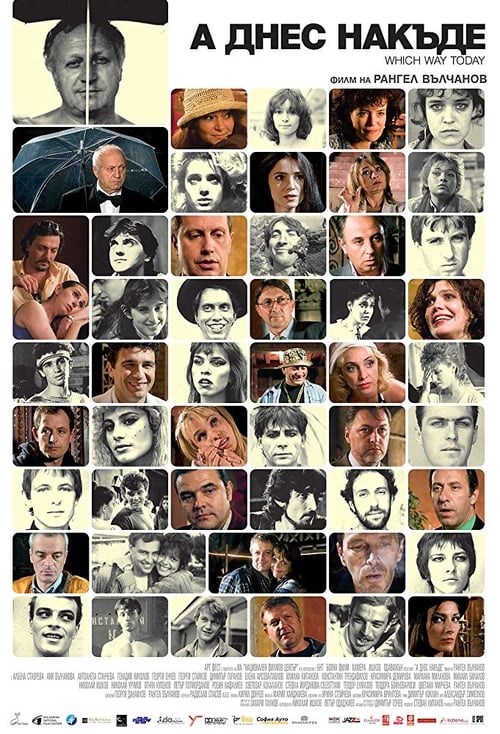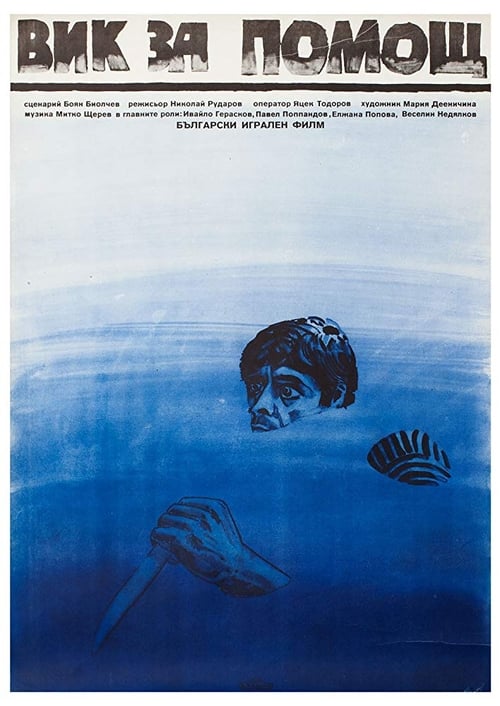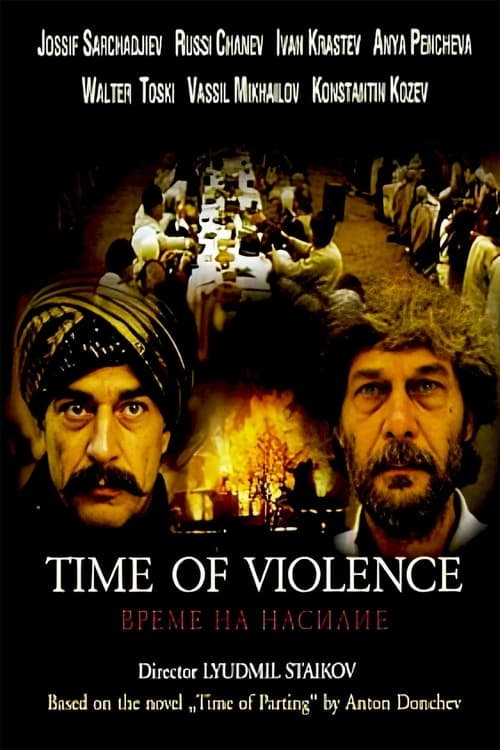
Ask Your Own Question
What is the plot?
The 1986 production titled The Judge is not a single continuous narrative film but a dramatized family court television series that aired from 1986 to 1993. It centers on a series of episodic courtroom cases involving children and adolescents, focusing on custody battles, paternity disputes, delinquency hearings, and adoption proceedings. The show is set primarily in a municipal family court, where Judge Robert Franklin, portrayed by Bob Shield, presides over these emotionally charged cases. The courtroom assistant Janet Page and recurring characters like Sergeant Terrance Fox also appear regularly, adding depth and occasional comic relief to the proceedings.
Each episode opens with the courtroom coming to order, and Judge Franklin delivering a calm but firm presence as he listens to the testimonies and legal arguments presented by the parties involved. The cases are scripted but inspired by real-life family court situations, designed to reveal the complex, often painful realities behind family disputes. The show's narrative is structured around the courtroom drama of each case, with no overarching plot connecting episodes. Instead, each installment presents a new conflict, gradually building tension through witness testimonies, cross-examinations, and legal maneuvering.
The series does not involve physical violence or deaths; rather, its tension arises from emotional confrontations and revelations about family secrets, parental responsibilities, and the welfare of children. For instance, in a custody hearing, Judge Franklin might hear a mother's heartfelt plea to retain custody of her child against a father's claim, revealing painful histories of neglect or abuse. In another episode, a paternity case unfolds with DNA evidence and conflicting testimonies, culminating in a judge's verdict that changes lives.
Throughout the series, the courtroom serves as the crucible where hidden truths come to light. Judge Franklin's role is both judicial and empathetic; he often delivers verdicts that balance legal standards with the best interests of the children involved. His courtroom assistant Janet Page helps maintain order and provide support during intense moments. Sergeant Terrance Fox, an honest but abrasive police officer, occasionally brings levity with his blunt remarks, such as when Judge Franklin tells him, "I would try the patience of a saint, and I am no saint!"
The show's visual style is straightforward, focusing on the courtroom setting with close-ups on the judge, witnesses, lawyers, and family members. Emotional moments are conveyed through actors' expressions and the weight of their testimonies rather than dramatic action. The series was originally filmed in Glendale, California, before production moved to Toronto, Canada, for later seasons.
Because The Judge is a TV series with episodic cases rather than a feature film narrative, there is no single plotline to recount with deaths, twists, or a final resolution. No characters die on the show; instead, each episode concludes with Judge Franklin delivering a verdict that resolves that episode's case, often accompanied by a moment of reflection on the human impact of the decision.
In summary, the 1986 The Judge is a courtroom drama series that explores family law issues through a series of scripted but realistic cases. It does not have a continuous storyline, character arcs involving death, or a climactic ending. Instead, it offers a window into the struggles faced by families in court, with Judge Robert Franklin as the steady figure guiding each case to its legal conclusion.
What is the ending?
In the ending of "The Judge," the main character, Judge Joseph D. McCauley, faces a moral and ethical dilemma as he grapples with the consequences of his decisions. The film culminates in a courtroom scene where the judge must confront his own past and the impact of his rulings on the lives of those around him. Ultimately, he seeks redemption and understanding, leading to a resolution that reflects the complexities of justice and personal responsibility.
As the final act unfolds, the tension in the courtroom is palpable. Judge McCauley, portrayed with a mix of authority and vulnerability, stands at the center of the proceedings. The atmosphere is thick with anticipation as the judge prepares to deliver his final ruling. The camera captures the anxious faces of the spectators, each one holding their breath, aware that the outcome will not only affect the defendant but also the judge himself.
In a pivotal moment, Judge McCauley reflects on his past decisions, the weight of his authority pressing down on him. He recalls the cases that have shaped his career, the lives he has impacted, and the moral ambiguities he has navigated. The internal conflict is evident as he grapples with the realization that justice is not always black and white. The audience can see the flicker of doubt in his eyes, a man torn between the law he upholds and the humanity he feels for those who stand before him.
As he delivers his ruling, the judge's voice trembles slightly, revealing his emotional state. He acknowledges the flaws in the system and the pain that it can cause. The scene is charged with emotion as he articulates his decision, which reflects a deeper understanding of justice that transcends mere legalities. The camera pans to the faces of the courtroom attendees, capturing their reactions--some relieved, others shocked, but all deeply affected by the judge's words.
In the aftermath of the ruling, Judge McCauley steps down from the bench, a sense of relief washing over him. He has faced his demons and emerged with a renewed sense of purpose. The film closes with a poignant moment of connection between the judge and the defendant, a silent acknowledgment of their shared humanity. The judge's journey toward redemption is complete, and he walks away from the courtroom, a man transformed by the experience.
The fates of the main characters are intertwined with this resolution. Judge McCauley finds a sense of peace and understanding, having confronted his past and the complexities of his role. The defendant, having received a fair chance at redemption, is left with hope for the future. The film concludes on a note of introspection, leaving the audience to ponder the intricate balance of justice, morality, and the human experience.
Is there a post-credit scene?
The movie "The Judge," produced in 1986, does not contain a post-credit scene. The film concludes without any additional scenes or content after the credits roll. The story wraps up with the resolution of the main plot, focusing on the characters' journeys and the emotional weight of their experiences throughout the film. The ending emphasizes the themes of justice, family, and personal redemption, leaving the audience with a sense of closure.
What is the main conflict between the characters in The Judge?
The main conflict in The Judge revolves around the strained relationship between the protagonist, a young attorney named David, and his father, Judge Joseph. David feels overshadowed by his father's reputation and strict moral code, leading to a deep-seated resentment. This tension escalates as David is forced to confront his father's rigid beliefs while trying to defend a client accused of murder, which puts him at odds with the judge's principles.
How does Judge Joseph's character influence the story?
Judge Joseph is a pivotal character whose strict adherence to the law and moral integrity sets the tone for the narrative. His unwavering belief in justice creates a rift with his son, David, who struggles to balance his father's expectations with his own ideals. The judge's decisions and interactions with David highlight the generational conflict and the emotional burden of living up to a legacy, ultimately driving the plot forward.
What role does the murder case play in the development of David's character?
The murder case serves as a catalyst for David's character development. As he navigates the complexities of the legal system and the moral dilemmas surrounding his client's innocence, David is forced to confront his own values and the influence of his father's rigid principles. This journey of self-discovery leads him to question his identity and the legacy he wishes to create, ultimately shaping his relationship with Judge Joseph.
How does the relationship between David and his father evolve throughout the film?
Throughout The Judge, the relationship between David and Judge Joseph evolves from one of deep-seated resentment and conflict to a more nuanced understanding. Initially, David feels trapped by his father's expectations and the weight of his legacy. However, as the story progresses and David faces the challenges of the murder case, he begins to see his father's perspective and the complexities of justice. This gradual shift allows for moments of reconciliation and mutual respect, culminating in a deeper bond.
What is the significance of the courtroom scenes in The Judge?
The courtroom scenes in The Judge are significant as they serve as the battleground for the central conflict between personal beliefs and the law. These scenes are charged with tension, showcasing David's struggle to defend his client while grappling with his father's influence as a judge. The courtroom becomes a microcosm of the larger themes of justice, morality, and familial obligation, highlighting the emotional stakes for both David and Judge Joseph as they confront their differing views on right and wrong.
Is this family friendly?
The Judge, produced in 1986, is a drama that explores complex family dynamics and moral dilemmas, which may not be suitable for younger audiences or sensitive viewers. Here are some potentially objectionable or upsetting aspects:
-
Intense Family Conflict: The film delves into deep-seated family issues, including arguments and emotional confrontations that may be distressing for children.
-
Themes of Betrayal and Guilt: Characters grapple with feelings of betrayal and guilt, which can be heavy and difficult to process for younger viewers.
-
Legal and Ethical Dilemmas: The courtroom scenes involve serious legal issues that may be confusing or unsettling for children, as they touch on themes of justice and morality.
-
Emotional Turmoil: Characters experience significant emotional pain, including grief and regret, which may be intense for sensitive audiences.
-
Mature Language: There may be instances of strong language that could be inappropriate for younger viewers.
-
Violence and Threats: While not graphic, there are moments of implied violence and threats that could be alarming.
Overall, the film's exploration of complex adult themes and emotional struggles may not be suitable for children or those who are sensitive to such content.


